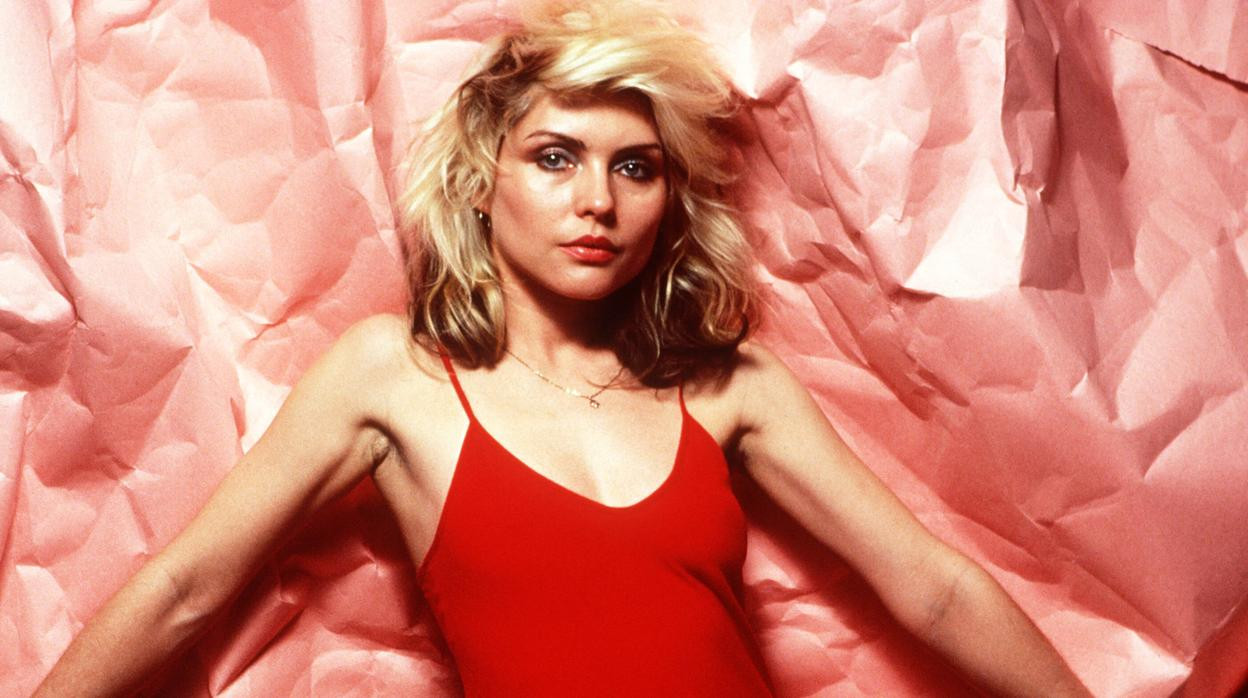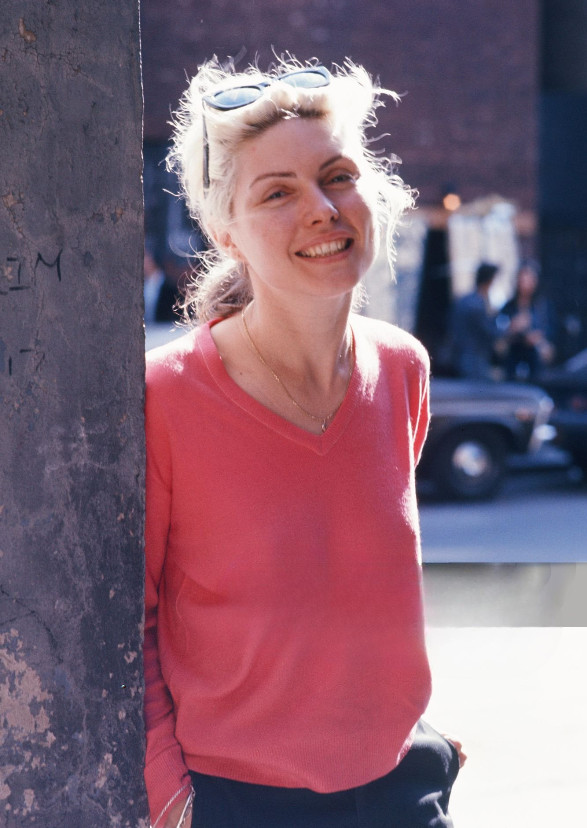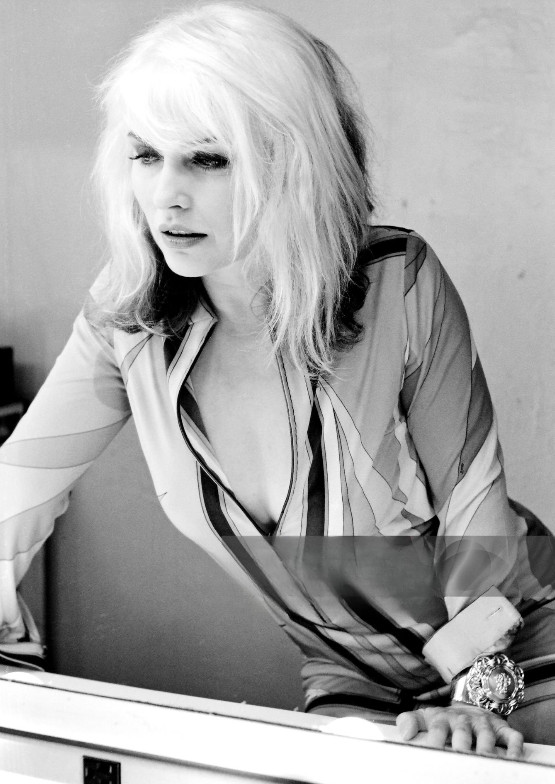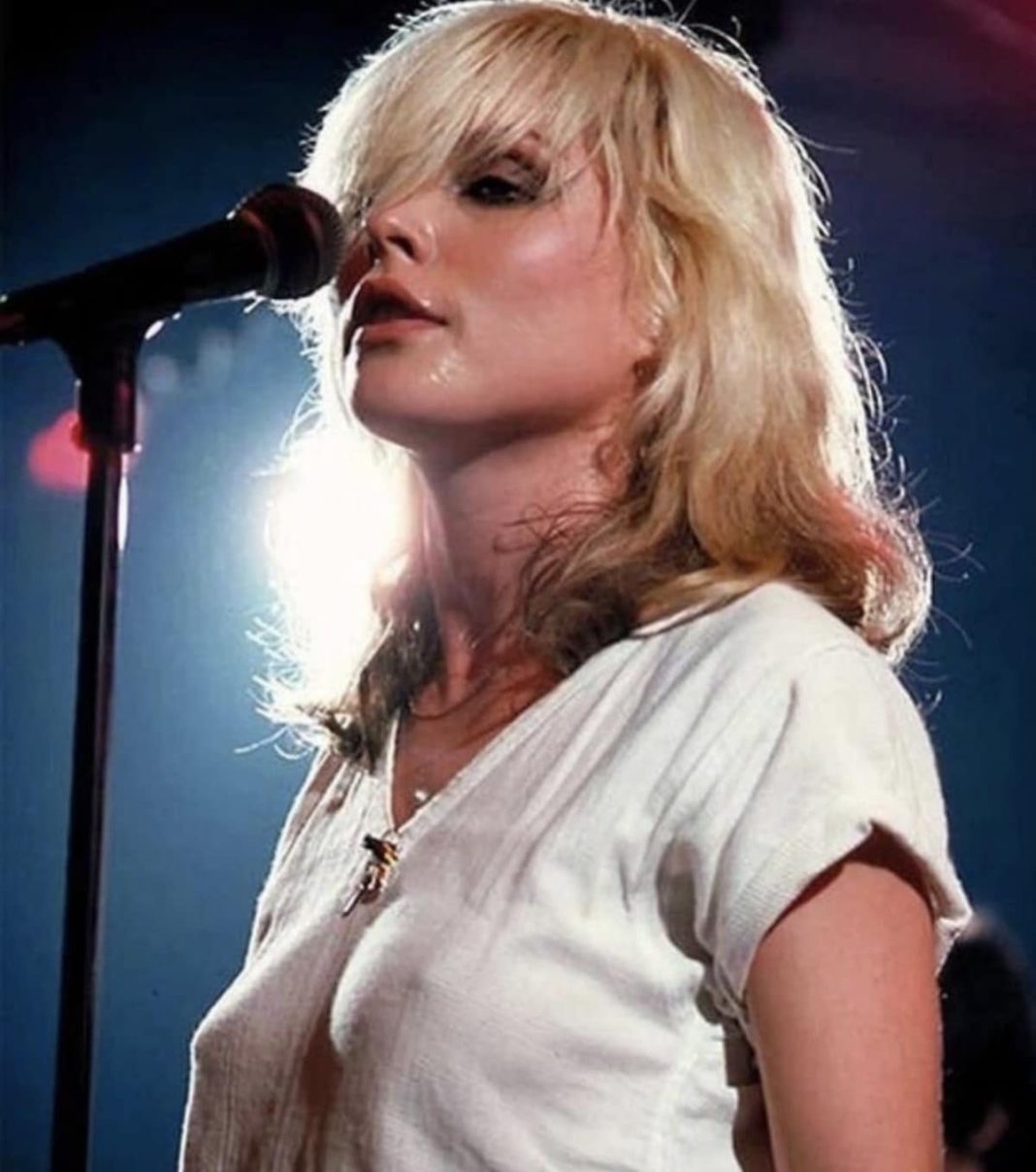The Unforgettable Legacy of Debbie Harry: A Rock Icon
Imagine stepping into a smoky New York club, the air thick with anticipation, the lights dancing erratically, and then, cutting through the din, a voice that demands your attention. This is not just any voice; it is the distinctive sound of Deborah Ann Harry, the iconic frontwoman of Blondie and a transformative figure in the world of rock music. With her striking platinum blonde hair, a powerful yet seductive presence, and an unyielding defiance against the norms of the time, she did not merely perform music—she redefined it. Debbie Harry’s journey from the underground punk scene to global superstardom is a compelling narrative of innovation, rebellion, and resilience that continues to resonate with countless artists and fans today.

From Ordinary Beginnings to Extraordinary Dreams
Before she became a household name, Debbie Harry, born Angela Trimble in 1945 in Miami, was just another girl with big dreams. After being adopted by Richard and Catherine Harry, she was raised in the suburban landscape of Hawthorne, New Jersey. Even as a child, Debbie exhibited an innate desire to break free from the mundane. “I always knew I’d end up somewhere loud,” she would later reflect, hinting at her deep-seated yearning for a life that was anything but ordinary. Following her college education, she took a bold leap into the chaos of New York City, where she navigated various odd jobs including waitress and go-go dancer. Each role, while seemingly inconsequential, equipped her with the grit and determination to thrive in an unforgiving artistic landscape.
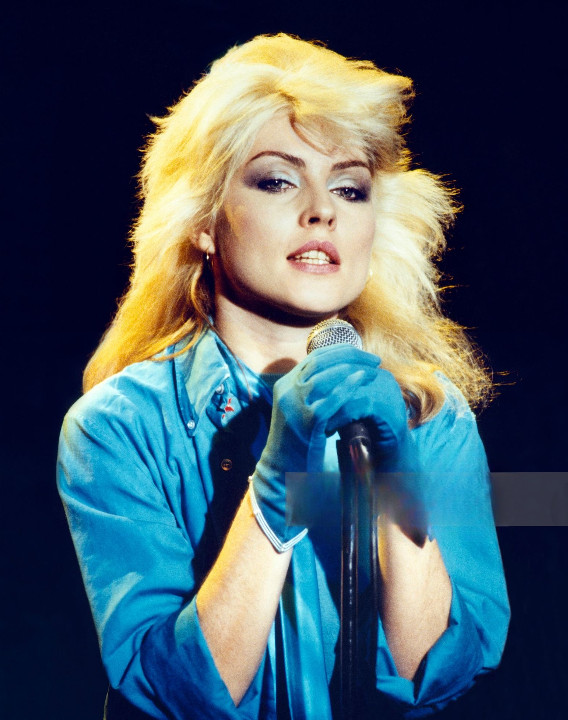
The Birth of a Musical Revolution: Blondie
In 1974, Debbie Harry crossed paths with guitarist Chris Stein, and the duo founded Blondie, a band that would challenge the very fabric of rock music. Their early sound was steeped in the raw energy of punk, echoing the gritty undercurrents of legendary venues like CBGB, where the punk revolution was just beginning to take flight. However, it was Debbie’s magnetic stage presence and her vocal prowess that distinguished Blondie from their contemporaries. The release of their debut album in 1976 garnered attention, but it was the 1978 album Parallel Lines that catapulted them into the stratosphere of popular culture. With tracks like “Heart of Glass” and “One Way or Another”, the album blended punk ethos with infectious pop melodies, making Debbie Harry a cultural icon.

Defining an Era: The Queen of Rock
By the early 1980s, Blondie had firmly established themselves as a dominant force in the music scene. Hits like “The Tide Is High” and “Rapture” showcased their innovative approach, with the latter being one of the first mainstream songs to incorporate rap, bridging the gap between rock and hip-hop. Debbie Harry was not merely a performer; she was a trendsetter whose blend of danger and allure inspired fashion designers and artists alike. Her unique style resonated with a generation of women, encouraging them to embrace their strength and assert their presence unapologetically. Yet, the whirlwind of fame came with its own set of challenges, including industry politics and the relentless scrutiny of public attention. Nevertheless, Debbie’s resilience shone through, proving that even icons face adversity.
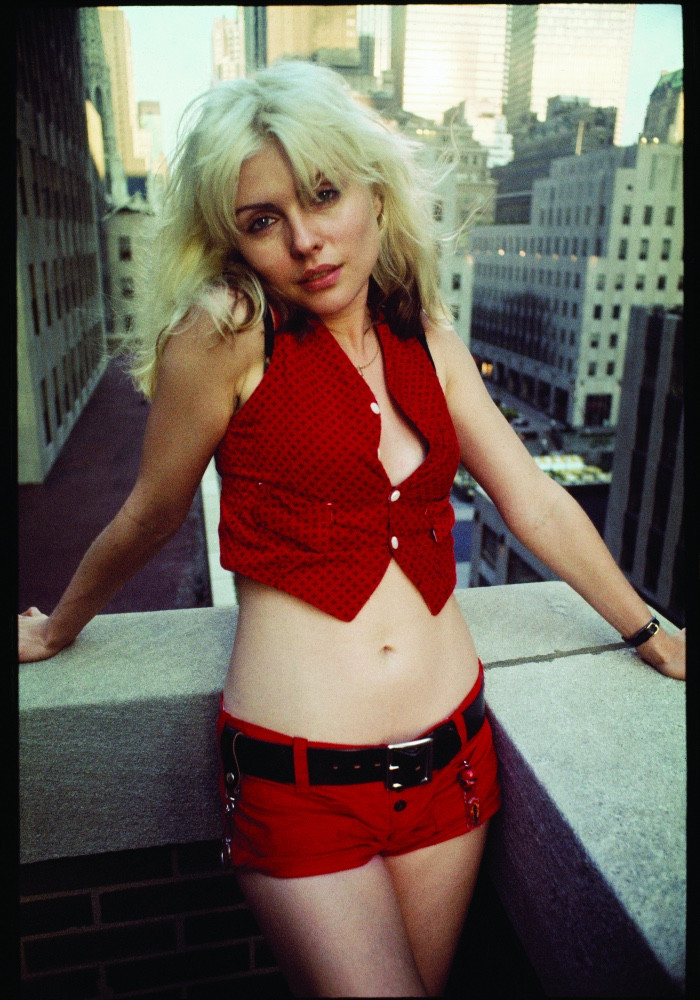
Reinvention: A Journey Beyond Blondie
When Blondie took a hiatus in the early 1980s, rather than fading into the background, Debbie ventured into a new realm with her solo career. Her debut solo album, KooKoo, released in 1981, was a bold exploration of funk and new wave, produced by renowned figures Nile Rodgers and Bernard Edwards of Chic fame. The album’s striking cover art, featuring spears piercing her cheeks, symbolized her fearless approach to artistry. Subsequent albums such as Rockbird and Def, Dumb & Blonde showcased her versatility and innovative spirit. Beyond music, Debbie also made her mark in the film industry, with notable performances in iconic films such as Videodrome and Hairspray, displaying her multifaceted talents and cementing her status as an all-around performer.

A Resurgence: Blondie’s Return and Continued Impact
The late 1990s saw a revival of interest in Blondie, leading to their triumphant return with the 1999 album No Exit, which included the hit single “Maria”. The song skyrocketed to the top of the UK charts, demonstrating that Debbie Harry and Blondie still had the power to captivate audiences. Over the next two decades, they continued to release new music and tour, with albums like Panic of Girls and Pollinator showcasing Debbie’s ability to evolve her sound while remaining true to her roots. Her commitment to authenticity allowed her to remain relevant in an ever-changing musical landscape. “I never wanted to play the same character twice,” she stated, embodying her desire to continue growing as an artist.
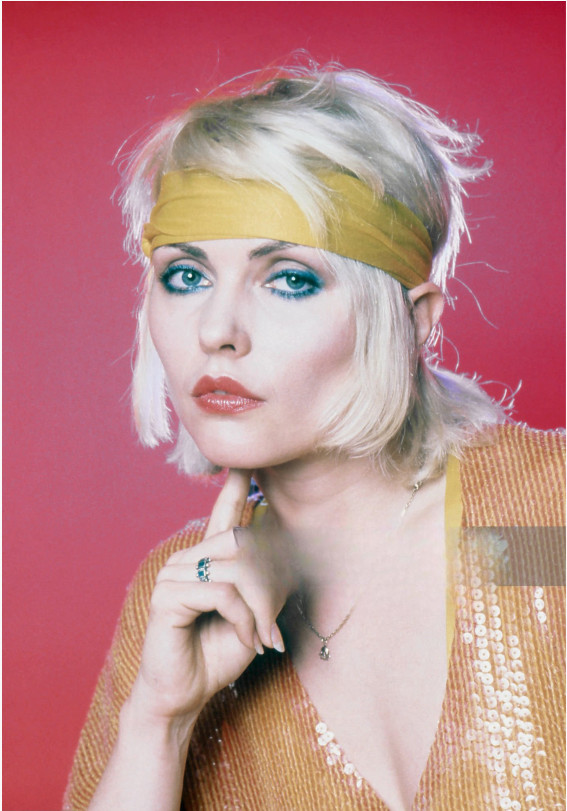
The Enduring Influence of a Rock Goddess
Debbie Harry transcends the role of a mere musician; she represents a movement. Her fearless fusion of various musical styles has paved the way for future artists such as Madonna, Gwen Stefani, and Lady Gaga, all of whom draw inspiration from her audacious aesthetic. The late 1970s and early 1980s witness a cultural shift defined by her unique style—an intricate balance of chaos and elegance, softness and ferocity. Even today, fashion houses and photographers are captivated by her presence, symbolizing an enduring legacy that continues to inspire. Beyond her artistic contributions, Debbie has also used her platform to advocate for animal rights, AIDS awareness, and women’s empowerment, further solidifying her impact on society.
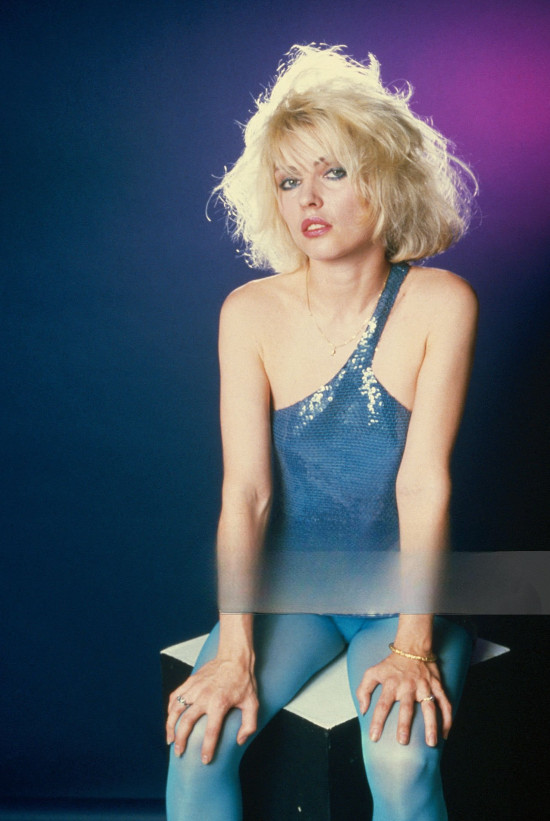
Timeless and Unstoppable: Debbie Harry at 80
As of today, at the age of 80, Debbie Harry continues to be a vibrant force in the music industry. She remains active, performing, collaborating, and sharing her compelling narrative with the world. Her autobiography, Face It, offers an intimate glimpse into her extraordinary life, filled with near misses and artistic triumphs. Rather than yearning for the past, she revels in the present, exclaiming, “I’ve lived nine lives… and I’m not done yet.” This unwavering spirit exemplifies why Debbie Harry is a timeless figure in music history.
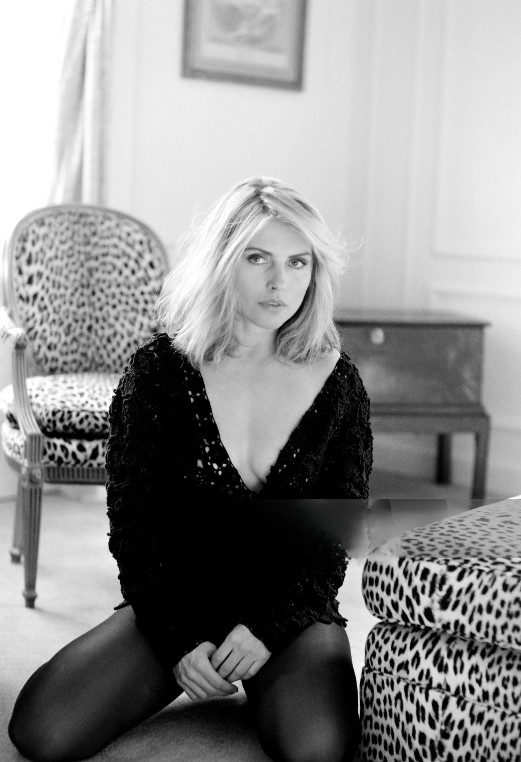
A Testament to Creativity and Courage
Debbie Harry’s story is more than just a chronicle of rock history; it serves as a masterclass in creativity, courage, and reinvention. She defied societal norms and transformed vulnerability into strength while making rebellion aesthetically pleasing. From the gritty underground scene of New York to the heights of international fame, she illustrated that art is not about perfection but rather about the passion behind it. Decades later, her music continues to resonate in clubs, her image remains iconic on magazine covers, and her influence echoes in the work of countless modern artists. Debbie Harry is not merely a legend; she is a living testament that true icons are eternal. For she didn’t just sing about a “Heart of Glass”— she lived with a “Heart of Fire.”
